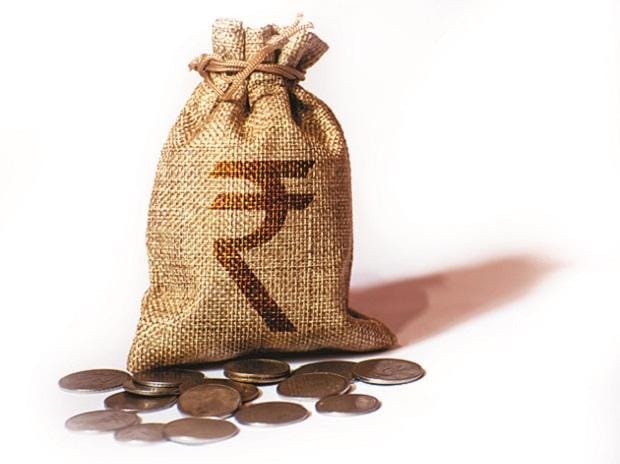[ad_1]
The microfinance sector is coming out of Covid-induced stress, with the default rate for microfinance institutions (MFIs) declining from 16.7 per cent in June 2021 to 5.3 per cent in March 2022, according to the Inclusive Finance India Report by ACCESS Development Services.
With some seasonal and event-based exceptions, net non-performing assets have been less than 1 per cent in the last 20 years.
“The portfolio at risk (30+ days) for the sector as a whole increased from 1.39 per cent in March 2020 to 9.01 per cent in March 2021. It then fell to 5.27 per cent in March 2022. The spike in 2021 and 2022 was attributable to loans under moratorium. It was also for subsequent restructuring falling due for payment but had a difficult livelihood situation that made loan service impossible,” the report said.
N. Srinivasan, co-author of the report, said the sector has put Covid disruptions firmly behind and is going ahead with positive intent.
“The outlook seems much better, as indicated by industry leaders. With several pathways available, such as mergers, transformation into banks and foray into non-microfinance loans, MFIs have a lot to do as they ride into the future,” he added.
Karnataka and Tamil Nadu have the highest percentage of outstanding loans from microfinance followed by Bihar, Uttar Pradesh and Madhya Pradesh.
In terms of state-wise distribution of microfinance, these top-five states accounted for 59 per cent of the outstanding loans in FY22.
A microfinance loan is a collateral-free loan given to a household having annual income of up to Rs 3 lakh.
Among states with the highest penetration ratio of microfinance are Tamil Nadu (2.05), Tripura (1.97), Odisha (1.56), Karnataka (1.53) and Bihar (1.39).
The penetration ratio is the share of MFI borrowers from the state against the share of the population of that state.
Himachal Pradesh, Andhra Pradesh, Telangana, Uttar Pradesh and Uttarakhand are the large states with low penetration of microfinance.
“The differences between states in the south and north are attributable to a well-developed banking backbone, an existing credit and enterprise culture and the fact that microfinance started early in the south,” the report noted.
In March 2022, the RBI brought out a comprehensive and revised regulatory framework for microfinance loans, centred around the idea of customer protection.
The core principles of these regulations are aimed at protecting microfinance borrowers from over-indebtedness caused by granting of loans beyond the repayment capacity. These principles also allowed competitive forces to bring down the interest rates and facilitate flexibility to design products/services.
According to the report, the number of active loans in the microfinance sector is about 108 million, and the gross loan portfolio amounted to Rs 2.6 trillion. MFIs acquired 11.7 million new clients in FY22. This was well above the previous year’s level of 6.5 million.
“In FY22, loans disbursed to self-help groups (SHGs) stood at Rs 997 billion. The Southern and Eastern regions together accounted for over 91 per cent of the SHGs and 82 per cent of the total credit disbursed in FY22. As of March 2022, commercial banks contributed 61 per cent of the credit amount disbursed to SHGs, followed by RRBs (33 per cent) and cooperatives (6 per cent),” the report noted.
The percentage of non-performing assets (NPAs) to loan outstanding for SHGs in India has consistently declined. It was 4.9 per cent in 2020 and 3.8 per cent in 2022, indicating that post-pandemic repayment capacities have improved.
[ad_2]
Source link



